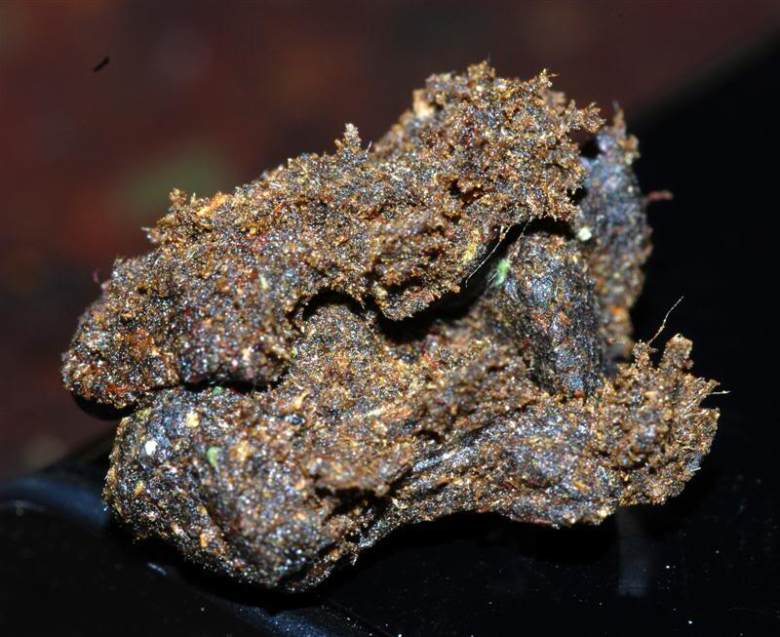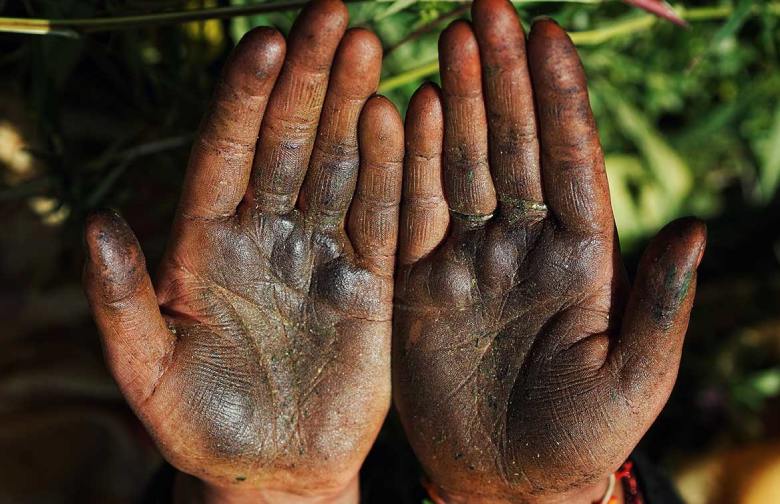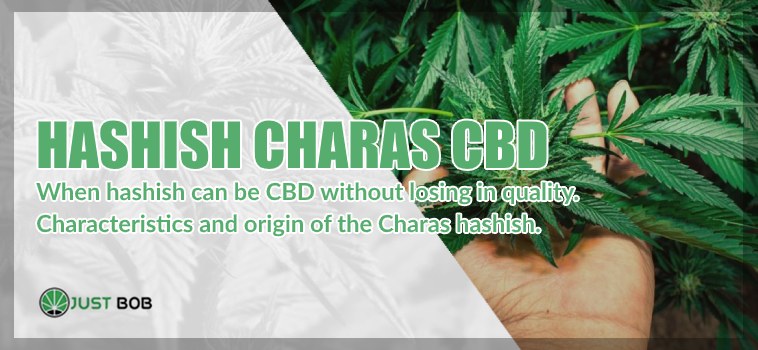Modified on: 05/02/2024
Characteristics and origin of the Charas hashish
Even occasional users of CBD products, such as CBD flower (and not only) have probably heard of CBD hashish Charas, a type of Indian Hashish highly sought after.
But what is it and how was it born?
The history of Charas (sometimes spelt “Charras”) is somewhat complicated by the fact that when it started appearing for the first time in writings, its name was used as a synonym for the word “hashish” without distinguishing it from other types of this product.
It is only recently that the fundamental difference between hashish produced from harvested, and therefore dead cannabis plants and Charas produced from live plants has become widely known and accepted. However, it is still common for the term hashish to be used to define any solid resin from cannabis.

What is Charas?
Charas comes from live cannabis plants, while the other types of hashish come from those collected.
For modern purists, the geographical origins of the product also play an essential role in its definition, as they claim that the real Charas comes only from the Himalayan region of India.
Hashish produced in other countries, with the same methods, as in Jamaica, would not be considered as “true” Charas. In the same way that sparkling white wine produced with the Champagne method would not be considered Champagne unless it was produced with grapes grown in that region.
The exact definition of Charas is therefore a handmade Indian hashish.
The area where it is most commonly produced is Himachal Pradesh, which includes Parvati Valley and Kashmir. Charas is found throughout India, and a small amount reaches Europe and beyond, where it is highly appreciated.
Currently, with the launch of legal weed, there has been a real boom in legal Charas hashish, highly appreciated by admirers but also by those who approach this world for the first time.
Read also: Legal CBD Marijuana & quality: try to believe, with Justbob you can
Charas in history: bibliographic citations
One of the first citations of Charas in scientific literature is found in the Pharmacographia, a comprehensive book which catalogues plants (and plant derivatives) used in Victorian medicine. Published for the first time in 1874, it contains the medical material from Great Britain but also from India, which is why cannabis is included.
The section entitled ‘Charas’ begins with the following sentence: “No document of hemp as a medicine would be complete without treating this substance, which is considered of great importance by Asian nations“.
It is interesting to note that, in the light of the geographical definition above, the book goes on to specify that “it is not obtainable from hemp grown indiscriminately in any situation also in India, but from plants produced at a certain altitude on the hills”.
So … how do you get Charas?
Read also: Franco Loja & the Lemon Cheese Marijuana
The method of production of Charas hashish
Despite what you could read in the previous paragraph, the authors of the book Pharmacographia, Daniel Hanbury and Friedrich August Flückiger, did not consider Charas as a therapeutic substance. However, they described it this way: “Charas is necessarily a repulsive and crude drug, the use of which is adequately excluded from civil medicine “.
Despite their condemnation of what is one of the best hash in the world, they were kind enough to share with us how it is made. It is produced by “rubbing the tops of the plants in your hands when the buds are ripe and scraping the resin adheres to your fingers.”
A method still used today.
A second method for the production of Charas, also described in Pharmacographia, involves men dressed in leather who walk among the cannabis plants so that the resin sticks to their clothing “from where it is scraped from time to time”.
It could be the description of a typical day in Amsterdam!
Making Charas by hand is a time-consuming activity. It takes about eight hours to produce between seven and eight grams of hashish. However, the slower the rubbing, the higher the quality of the product.
Despite the timing, it is a simple process: the buds are chosen from the live plants and the large leaves are eliminated.
Then the buds are gently rubbed between the palms of the hands to make the trichomes stick to the skin. Once a thick, dark and shiny layer of trichomes covers the hands, the fingers are quickly scraped with a tool to form curls, which can then be rolled into balls or fingers.

Contemporary explorers have discovered that the slopes of the mountains where Charas was created are still inhabited by people (and plants) who are the virtually unchanged direct descendants of what were hundreds, if not thousands, of years ago.
The legal Charas currently on the market must necessarily be checked. It is not produced in India, but in Tuscany, by a farm that preserves the ancient production method.
Characteristics of our legal Charas CBD
The legal Charas found on Justbob has a pasty but at the same time somewhat malleable consistency. Inside, the colour is a delicate brown, similar to caramel, while the outer part turns towards a very dark shade, almost black, due to the contact with oxygen.
Its aroma is intense and fruity, but it also has earthy notes, as well as mint and bush.
Like all the other products in our online shop, the Charas we sell is 100% organic, of the highest quality, and has a high CBD content (> 16%). So, what are you waiting for? Buy it now on Justbob!





